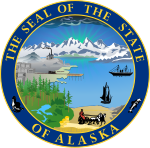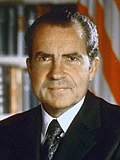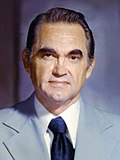
Southcentral Alaska, also known as the Gulf Coast Region, is the portion of the U.S. state of Alaska consisting of the shorelines and uplands of the central Gulf of Alaska. More than half of the state's entire population lives in this region, concentrated in and around the city of Anchorage. The region is Alaska’s best-connected region, with the Port of Anchorage, Ted Stevens, Anchorage International Airport, and the Alaska Railroad servicing the area.

Matanuska-Susitna Borough is a borough located in the U.S. state of Alaska. Its borough seat is Palmer, and the largest community is the census-designated place of Knik-Fairview. As of the 2020 census, the borough's population was 107,801.

Alaska occupies the northwestern portion of the North American continent and is bordered only by Canada on the east. It is one of two U.S. states not bordered by another state; Hawaii is the other. Alaska has more ocean coastline than all of the other U.S. states combined. About 500 miles (800 km) of Canadian territory separate Alaska from Washington state. Alaska is thus an exclave of the United States that is part of the continental U.S. and the U.S. West Coast, but is not part of the contiguous U.S.

The 2008 United States Senate election in Alaska was held on November 4, 2008. Incumbent Republican U.S. Senator and former President pro tempore Ted Stevens ran for re-election for an eighth term in the United States Senate. It was one of the ten Senate races that U.S. Senator John Ensign of Nevada, the chairman of the National Republican Senatorial Committee, predicted as being most competitive. The primaries were held on August 26, 2008. Stevens was challenged by Democratic candidate Mark Begich, the mayor of Anchorage and son of former U.S. Representative Nick Begich.
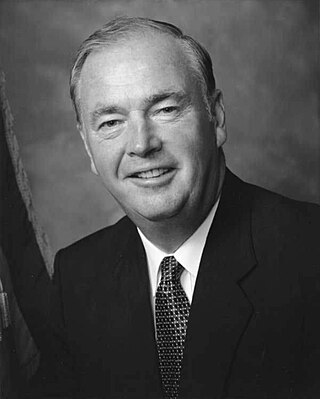
The 2002 Alaska gubernatorial election took place on November 5, 2002, for the post of Governor of Alaska. Republican U.S. Senator Frank Murkowski defeated Democratic Lieutenant Governor Fran Ulmer. Murkowski became the first Republican elected governor of Alaska since Jay Hammond in 1978.
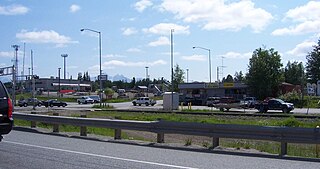
The City of Wasilla (Dena'ina: Benteh) is a city in Matanuska-Susitna Borough, United States and the fourth-largest city in Alaska. It is located on the northern point of Cook Inlet in the Matanuska-Susitna Valley of the southcentral part of the state. The city's population was 9,054 at the 2020 census, up from 7,831 in 2010. Wasilla is the largest city in the borough and a part of the Anchorage metropolitan area, which had an estimated population of 398,328 in 2020.

The 2010 United States Senate election in Alaska took place on November 2, 2010, to elect a member of the United States Senate to represent the State of Alaska, alongside 33 U.S. Senate elections in other states, elections in all states for the U.S. House of Representatives, as well as various state and local elections. The general election was preceded by primary elections which were held on August 24, 2010. Scott McAdams, the Mayor of Sitka, became the Democratic nominee; Joe Miller, an attorney and former federal magistrate, became the Republican nominee after defeating incumbent U.S. Senator Lisa Murkowski. Miller was endorsed by the Tea Party movement and former Governor Sarah Palin. Murkowski announced that despite her defeat in the primary, she would run in the general election as a write-in candidate.

The following outline is provided as an overview of and topical guide to the U.S. state of Alaska:

The 1968 United States presidential election in North Carolina took place on November 5, 1968, and was part of the 1968 United States presidential election. Voters chose 13 representatives, or electors to the Electoral College, who voted for president and vice president.

The 1968 United States presidential election in New York took place on November 5, 1968. All 50 states and the District of Columbia, were part of the 1968 United States presidential election. Voters chose 43 electors to the Electoral College, which selected the president and vice president.

The 1972 United States presidential election in Alaska took place on November 7, 1972, as part of the 1972 United States presidential election. Voters chose three representatives, or electors to the Electoral College, who voted for president and vice president.

The 1968 United States presidential election in Maine took place on November 5, 1968, as part of the 1968 United States presidential election, which was held throughout all fifty states and D.C. Voters chose four representatives, or electors to the Electoral College, who voted for president and vice president.

The 2016 Alaska Democratic presidential caucuses were held on March 26 in the U.S. state of Alaska as one of the Democratic Party's primaries ahead of the 2016 presidential election.

The 1968 United States presidential election in Texas was held on November 5, 1968. All 50 states and the District of Columbia, were part of the 1968 United States presidential election. The state chose 25 electors to represent them in the Electoral College, who voted for president and vice president.

The 1968 United States presidential election in Minnesota took place on November 5, 1968 as part of the 1968 United States presidential election. Voters chose ten electors, or representatives to the Electoral College, who voted for president and vice president.
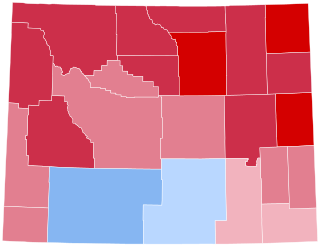
The 1968 United States presidential election in Wyoming took place on November 5, 1968. All 50 states and the District of Columbia were part of the 1968 United States presidential election. State voters chose three electors to the Electoral College, who voted for president and vice president.

The 1968 United States presidential election in Oklahoma took place on November 5, 1968. All fifty states and the District of Columbia were part of the 1968 United States presidential election. Voters chose eight electors to the Electoral College, which selected the president and vice president of the United States.
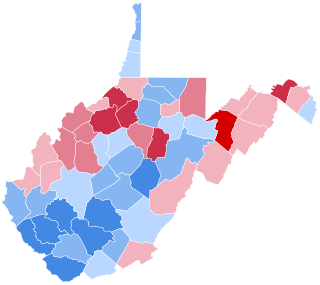
The 1968 United States presidential election in West Virginia took place on November 5, 1968, as part of the 1968 United States presidential election. West Virginia voters chose seven representatives, or electors, to the Electoral College, who voted for president and vice president.
